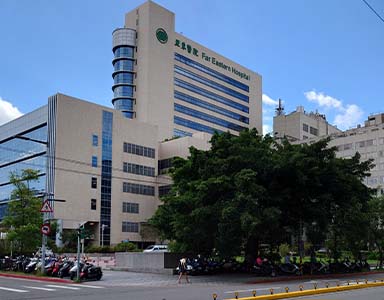Enel X visited the site to evaluate its energy use and determined that the 7 MW facility could reduce up to 5 MW during a demand response dispatch to maximize payments.
After two successful dispatches, the Huntsville mill found that 5 MW was actually a conservative estimation and that the entire tissue machine could be shut down during a 4-hour dispatch to take a total of 5.3 MW off the grid. Because the Huntsville mill operates with in-process inventory on hand, the packaging operations can continue uninterrupted, even while the tissue machine is down.
To convince the doubting plant managers, Magistrale displayed the facility's electricity usage and greenhouse gas (GHG) emissions on a 42-inch LCD monitor installed at the plant entrance. The screen also shows the potential load reduction and payments to be received during a demand response dispatch. While some employees were at first skeptical, the proof was in the numbers. “When I look at the numbers, it’s pretty easy,” said Magistrale.




